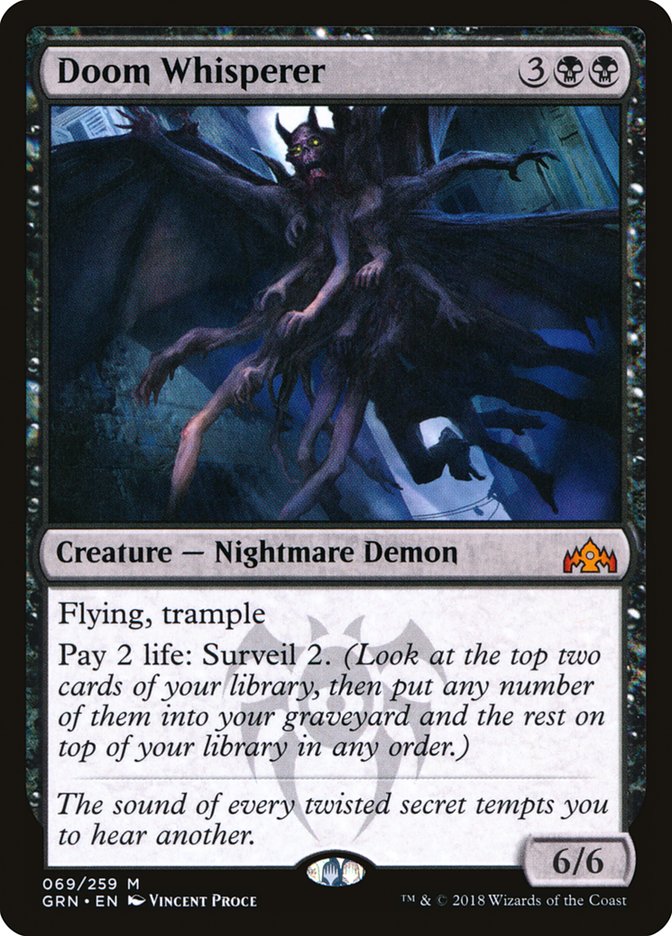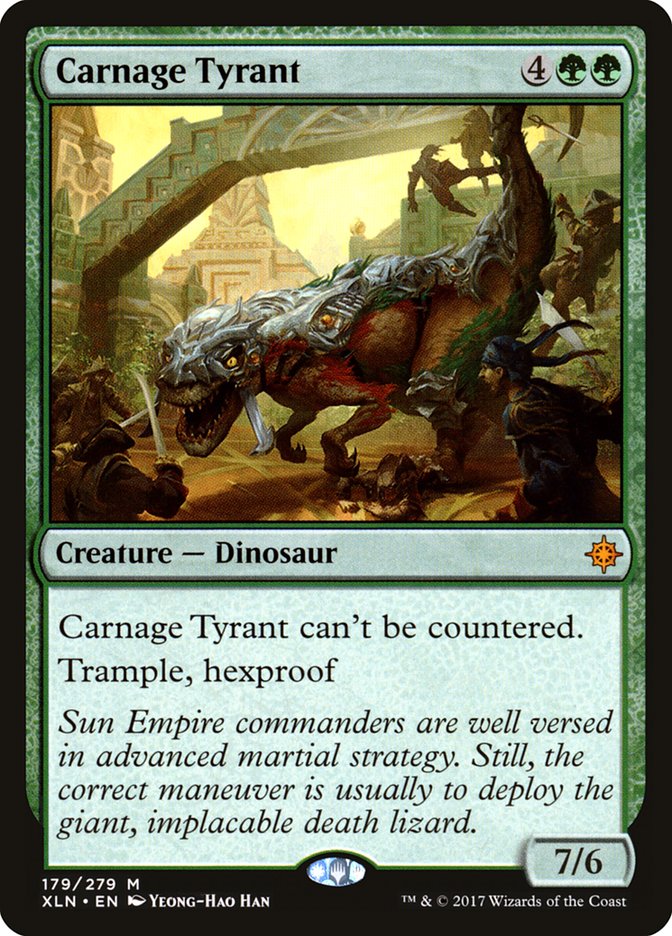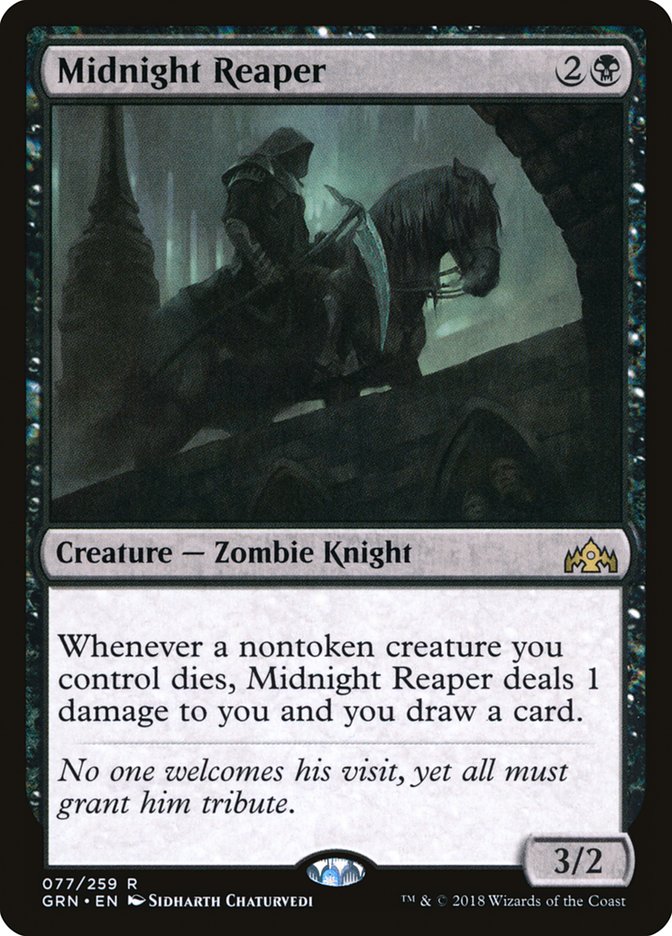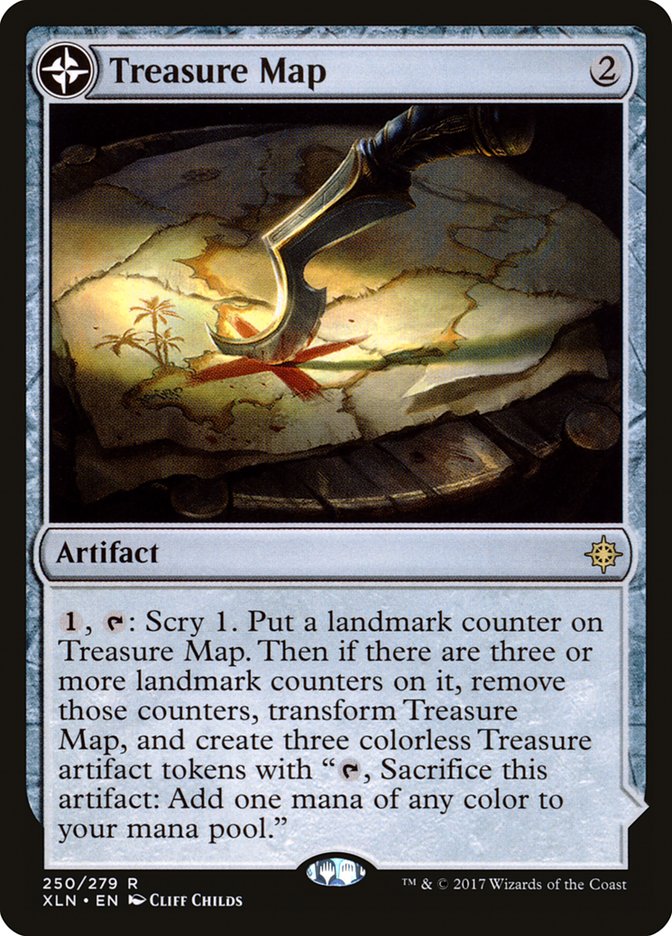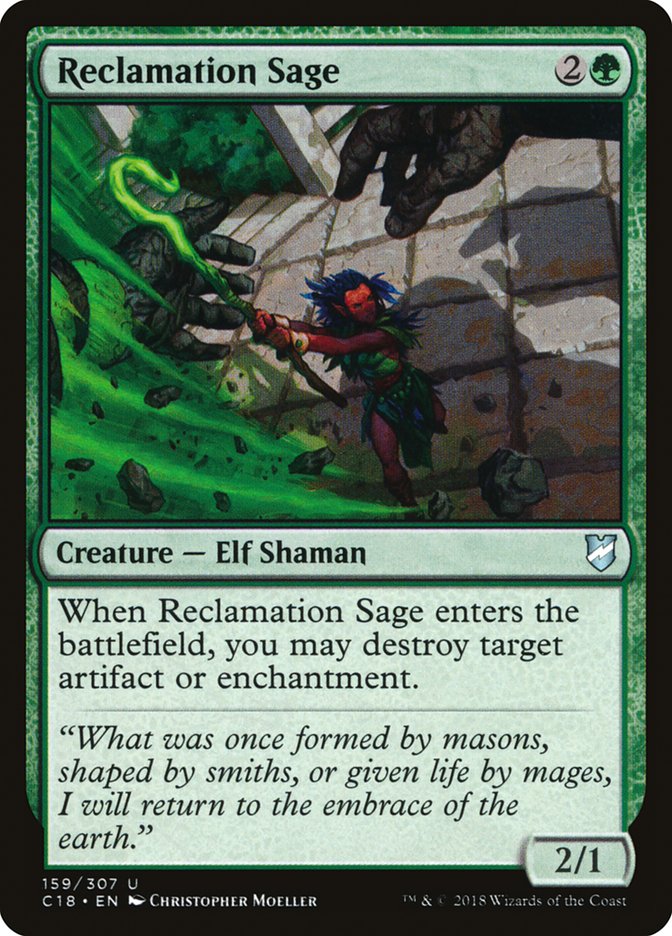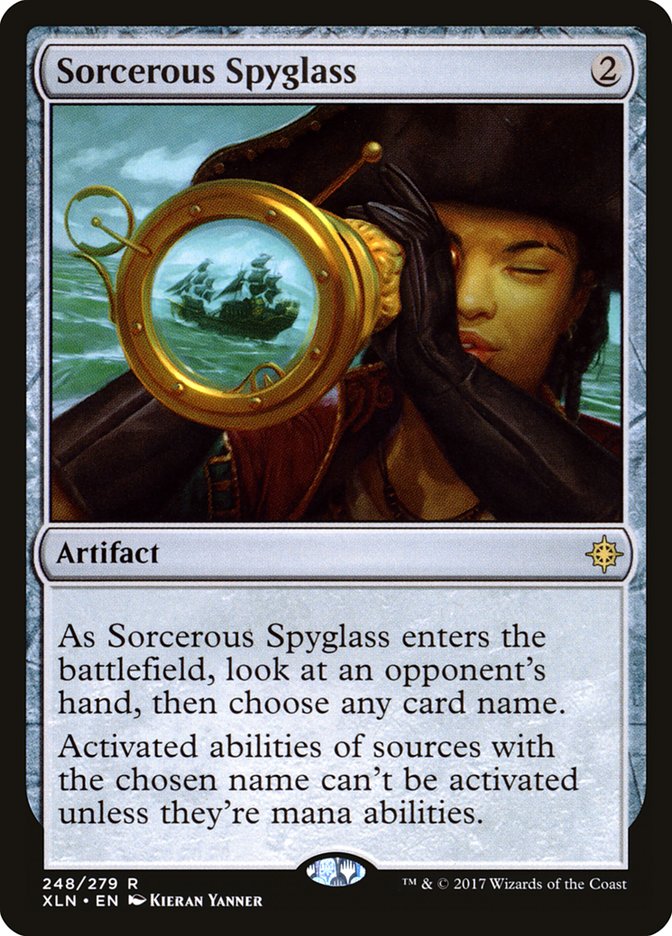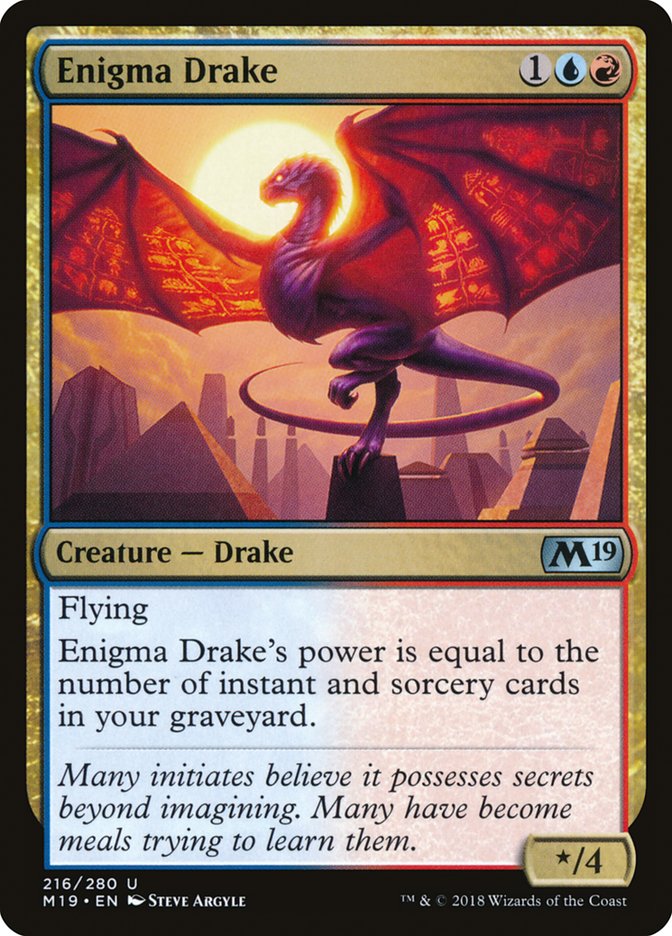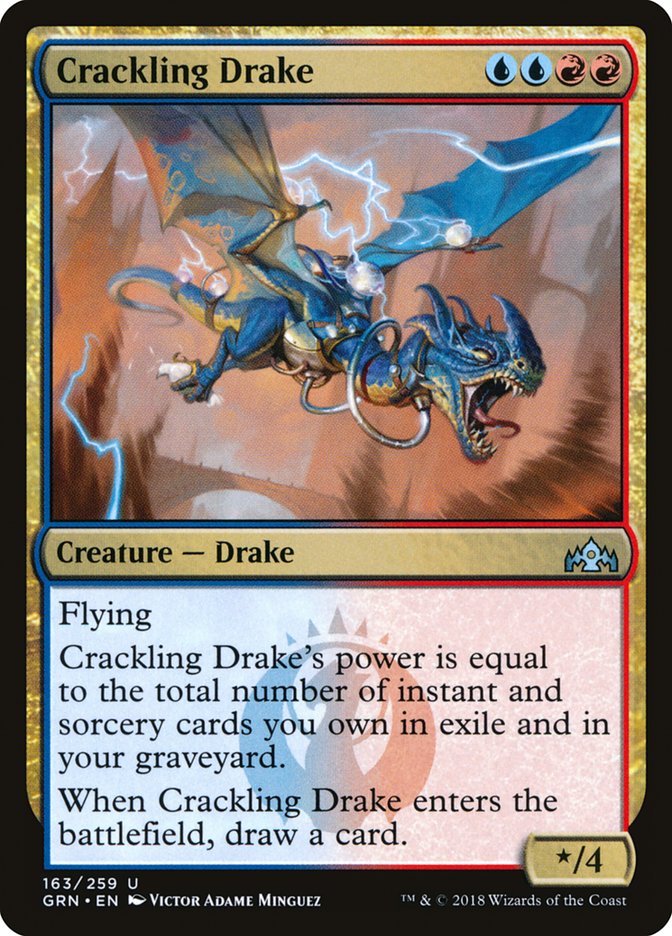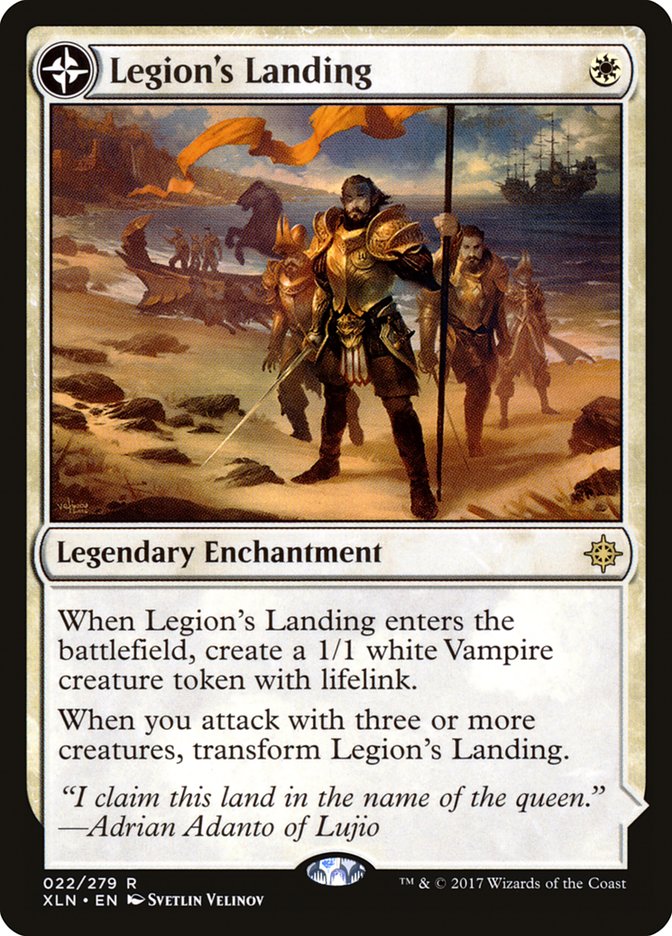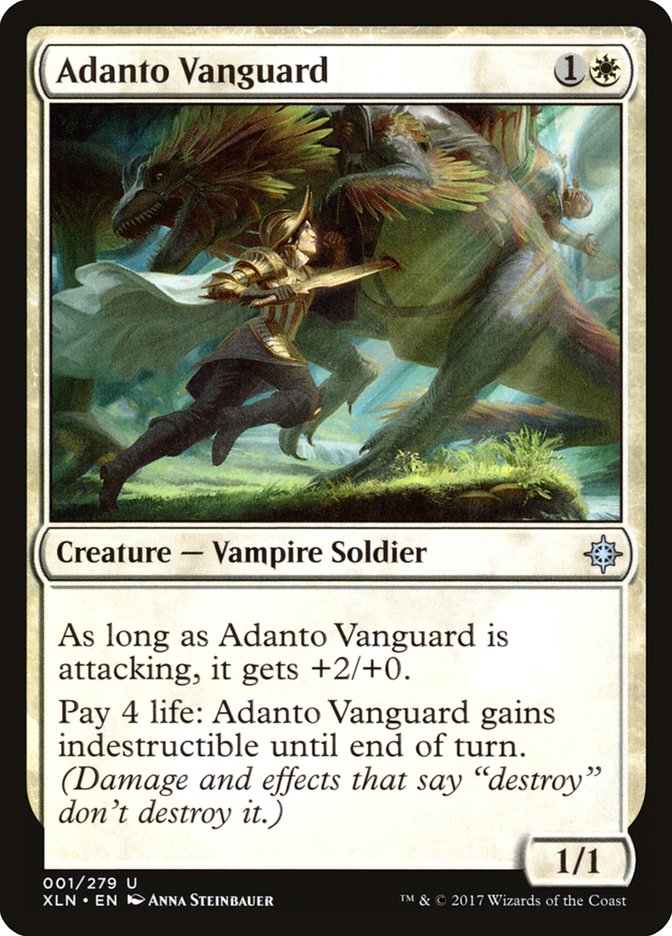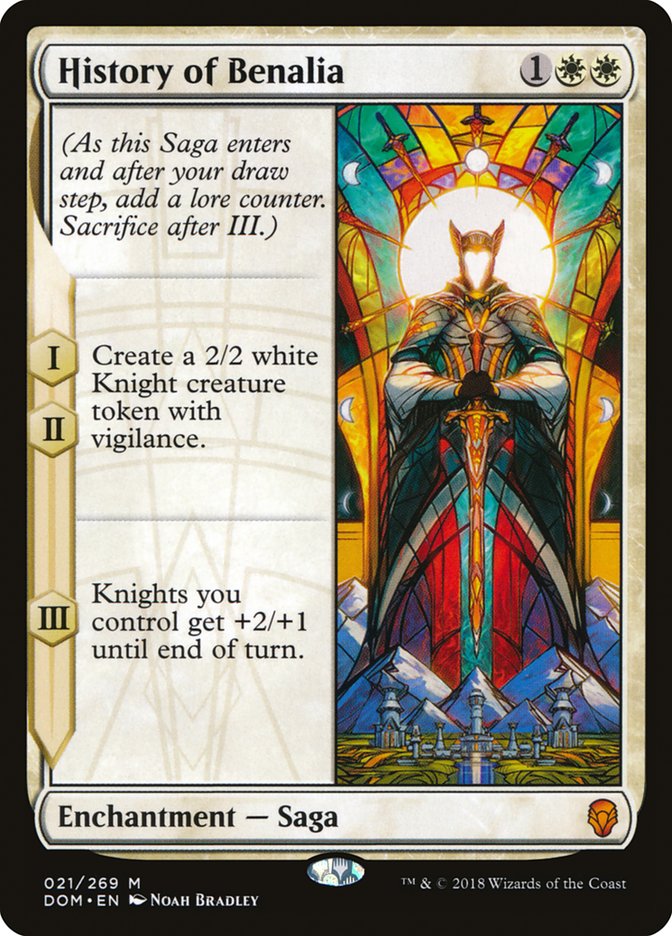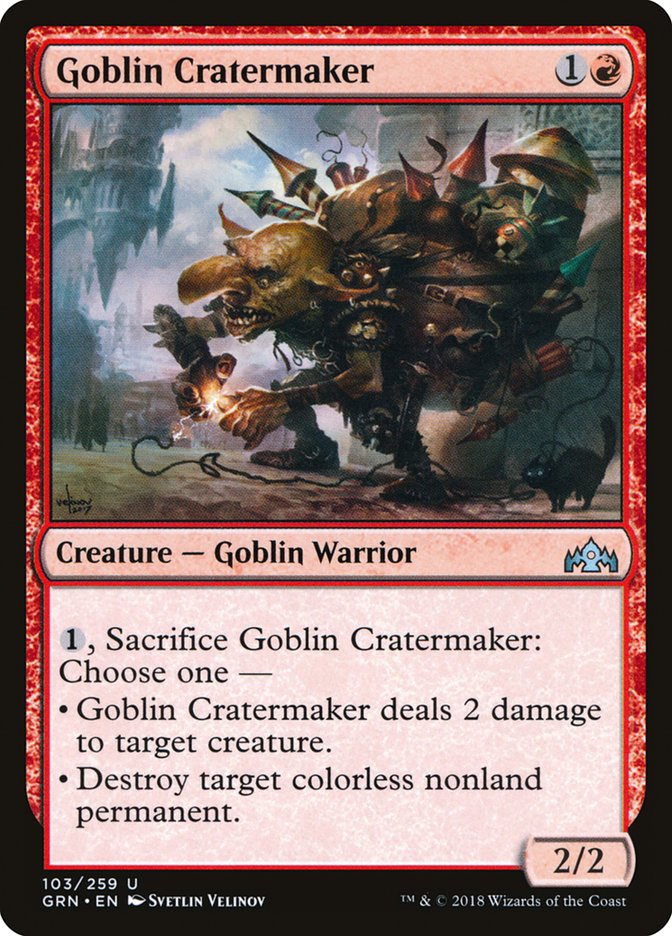It’s almost time for the best time of the year! We’re only a measly nine
days away from SCGCON
Winter!
A weekend of Magic the way Richard Garfield actually intended.
It doesn’t really matter what you’re into – as long as it involves Magic
there’s going to be something for you to do. For me, the weekend centers
solely around the Season Two Invitational, a tournament worth thousands of
dollars that consists of both the Modern and Standard format. I love this
tournament and put my all into trying to get back to the Sunday stage on
the SCG Tour.
While the SCG Tour usually focuses most on the Modern format, I, on the
other hand, spend most of my time working on Standard. That’s why today I’m
going to do my best to get everyone caught up with what to expect out of
the Standard, as the format’s been evolving rather quickly. This article’s
going to help anyone planning on attending SCG CON or an RPTQ in the near
future.
Maybe I shouldn’t be giving away all my information leading up to the
Season Two Invitational, but I just can’t help myself! Alright, let’s get
started!
There are four major archetypes in Standard you must be focused on:
- Golgari Midrange
- Jeskai Control
- Izzet Drakes
- Boros Aggro
Of course there are other decks out there and we’ll touch on them later,
but they aren’t nearly as important as these four. These decks will take up
a large portion of any metagame, but figuring out exactly what the lists
will entail is a little tricky. There are multiple different ways to build
all four of these decks, but slowly the consensus lists are being formed –
especially after you look at the
Magic Online MOCS Monthly results
from this past weekend.
Let’s start off with Golgari Midrange.
Creatures (25)
- 4 Llanowar Elves
- 2 Carnage Tyrant
- 4 Wildgrowth Walker
- 4 Merfolk Branchwalker
- 2 Seekers' Squire
- 4 Jadelight Ranger
- 3 Ravenous Chupacabra
- 2 Midnight Reaper
Planeswalkers (3)
Lands (16)
Spells (16)

Golgari decks struggled a little at Pro Tour Guilds of Ravnica but
have had wonderful results ever since. It seemed like the reason for this
was the adoption of Matt Nass’ Doom Whisperer builds, but that really
wasn’t the story being told from the MOCS Monthly results. Of the eight
Golgari Midrange decks from the top 32, seven played two or more copies of
Carnage Tyrant in the maindeck. This went against last week’s running
theory that Golgari Midrange needed to play Doom Whisperer in high numbers
to combat the other decks in the metagame.
So, what happened?
This is the first indication that it’s vital to keep up with the quickly
shifting metagame this season. For starters, Jeskai Control numbers have
skyrocketed ever since the Pro Tour. Golgari Midrange doesn’t have a great
Jeskai Control matchup, but one of the easiest ways to make it less
miserable is to throw as many Carnage Tyrants at them as you can and hope
it works. It’s especially easy if you don’t remove all your removal, as
many Jeskai Control decks now lean on more threats like Crackling Drake to
help fight off Carnage Tyrant.
The other nod to playing more Carnage Tyrants again is that Pascal Vieren’s
version of Izzet Drakes has been getting more and more love. Pascal not
only took the deck to a thirteenth-place finish at Grand Prix Lille two
weeks before the Pro Tour, but at the big event itself, he finished
Constructed with a perfect 10-0 record. Since then, it’s seemed like half
the Izzet Drake pilots have put down Enigma Drake. With less fear of dying
in the air to Maximize Velocity, many Golgari Midrange pilots have been
leaning harder on Carnage Tyrant in the matchup to get the job done.
So even though it seemed like the best course of action was to lower the
number of Carnage Tyrants from the maindeck of Golgari Midrange, things
seem to be tipping back in the other direction. I’d play and expect more
Carnage Tyrants and less Doom Whisperers soon.
Another trend that’s becoming more commonplace is higher numbers of
Midnight Reaper. Morticiansunion was the best performing Golgari Midrange
pilot in the MOCS Monthly this weekend, and he played a total of four
copies of the card between maindeck and sideboard. Down the list, it seemed
like very few Golgari pilots opted not to play this three-drop. This also
seems like a reaction to the mirror, Jeskai Control, and more controlling
versions of Jeskai Drakes.
The first question to ask when seeing Golgari Midrange decks go down on
spot removal and up on cards like Carnage Tyrant and Midnight Reaper is
“how will they get punished”? Theoretically Izzet Drake decks could go back
to playing cards like Dive Down and Maximize Velocity, but those cards are
better suited for builds that max out on both Enigma and Crackling Drake.
Goblin Electromancer has become a centerpiece in the strategy and for good
reason – the card’s just very good! Going back to builds with those
one-mana spells would also hurt the deck’s chances against Jeskai Control,
which isn’t something it wants to be doing. As long as Golgari has enough
cheap answers for Goblin Electromancer and Crackling Drake, the matchup
should still be favorable.
While there are decks like Boros Aggro and Mono-Red Aggro out there, there
doesn’t seem to be enough of a reason not to be playing these cards,
especially since Golgari Midrange and Jeskai Control should be the two most
popular decks until the next giant shift in the metagame. While it’s still
probably not correct to go overboard, slightly shifting a Golgari maindeck
to be better equipped in these two matchups makes a lot of sense, which is
why I think the archetype moving forward will be at its most predictable. A
small subset of the Golgari pilots will choose to play Druid of the Cowl
and Karn, Scion of Urza in small numbers, but that’s about it.
Let’s move onto Jeskai Control:
Creatures (4)
Planeswalkers (3)
Lands (25)
Spells (28)

Creatures (6)
Planeswalkers (3)
Lands (25)
Spells (26)

There are two major builds of Jeskai Control right now. _VFS_ played the
more normalized version to a 7-1 finish in the MOCS Monthly, while qtaro
used Adrian Sullivan’s unique take on the archetype to the same finish.
From the data available, it seems like Jeskai Control pilots are split down
the middle between the two variants, but my opinion is that Adrian’s take
is slightly better until the metagame shifts to attack it.
Treasure Map is a great Magic card, one that makes a lot of sense to be
playing right now. Outside of the hyper aggressive matchups, the card can
just take over games, but more importantly, it can supply a deck with ample
mana to deploy Niv-Mizzet, Parun. These new versions of Jeskai Control play
four copies of the powerful Dragon which is single-handedly flipping the
Izzet Drake matchup into being a favorable one. Playing this many copies of
Niv-Mizzet does come at a slight cost against Golgari Midrange and Boros
Aggro, but not enough to really change the matchup on those matchups
anyway.
We may see more and more people moving towards Adrian’s build, as it’s both
fun and effective, especially in the other Izzet/Jeskai matchups! The only
issue with this is that this build of the deck is more exploitable than the
more normalized variants.
Reclamation Sage is becoming a stronger choice in the current metagame.
While I liked Thrashing Brontodon’s body earlier in the format, I’m
starting to come around the idea of using the more efficient creature
moving forward, especially now that it’s predictable that Jeskai Control
could have Treasure Map, Boros Aggro and Mono-Red Aggro will bring in
Experimental Frenzy, and that it still beats up on cards like History of
Benalia and Baffling End. The Dino’s body is nice, but being able to
proactively play it is quickly losing its appeal.
One of the reasons why we don’t see Sorcerous Spyglass that often is that
Jeskai Control has more ways to win the game and draw cards besides Teferi,
Hero of Dominaria. It’s also not the type of card you’d want to have more
than just one of given that Jeskai only normally plays Teferi to name with
it. It just seemed that the best way to approach Teferi matchups was to
fight on a different axis. Now that the deck leans on more activated
abilities to generate an advantage, it’s most likely correct for this card
to see more play soon.
Next up is Izzet Drakes:
Creatures (12)
Lands (21)
Spells (27)

Creatures (14)
Lands (21)
Spells (25)

Like I said earlier, Izzet Drakes is currently split into two camps – one
that plays Enigma Drake and one that doesn’t. The builds of these decks are
almost identical though outside of this one decision, and while I don’t
think this should change much of how you approach this matchup, it’s worth
keeping in mind as you’re more likely to see cards like Dive Down when you
do run up against versions with Enigma Drake. You’ll also see less copies
of cards like Entrancing Melody, but it’s important for you to do your
homework on the differences yourself.
Izzet Drakes is the last big deck in the metagame. There were seven copies
of Izzet Drakes in the MOCS Monthly top 32, and the strategy has shown up
in big numbers dating all the way back to Grand Prix New Jersey. The only
thing this deck hasn’t done is put up impressive numbers.
Now don’t get me wrong – Izzet Drakes is a fine deck, but after a long
session of working on it myself, I strongly believe this deck is just a
worse choice than both Jeskai and Golgari. Boros Aggro is also likely a
stronger choice, but I can’t say that for sure as I have limited experience
with the little white creatures.
I know you’re thinking I’m biased against this strategy, but four days ago
I, in fact, expected this deck to be the best deck choice. I
wanted to win with it and wanted to select it as my deck of choice for the
Season Two Invitational. That said, my results weren’t even bad with it. In
fact, they were pretty good! The problem was that I wasn’t playing against
the matchups I needed to prepare against. Once I played some targeted
matchups against talented Golgari and Jeskai pilots, my confidence wavered
on the strategy as a whole.
Izzet Drake’s major strength is that the strategy is very consistent and
sometimes exceptionally explosive. It will almost always do its thing every
game, but when Arclight Phoenixes are in the top 15 cards it will do its
thing even better and attack for an extra 3-6 damage per turn. The format
has had time to catch up to the deck’s plans however, and now the strategy
struggles in games where it does not draw enough early Arclight Phoenixes.
I could be wildly wrong–part of me hopes I am since I truly hate it when I
say a non-control deck that’s popular is bad–but I just don’t think I am.
The deck will continue to be a part of the metagame despite my opinion and
most likely will put at least one pilot into the top 8 of the Season Two
Invitational because It’s still a good deck. I just believe Golgari and
Jeskai will have even better results, which is why I’d lean towards playing
one of those two strategies.
And then there’s Boros Aggro…
Creatures (19)
Planeswalkers (2)
Lands (23)
Spells (16)

Boros Aggro is not a deck I’d want to sleeve up. During weeks where I don’t
have enough time to prepare for events, I’d normally ignore the deck and
accept being wrong if it was the best choice. This deck has proven itself
to me, and now I have to test it this week to fully prepare for the Season
Two Invitational.
I’d love to know how many people are still playing these weenie strategies,
though. For example, Boros Aggro only put three players into the top 32 of
the MOCS Monthly, but that doesn’t let me know how much of the metagame
this deck took up. It was the second most popular deck at the Pro Tour,
which could maybe indicate it being extremely popular, but at the same time
that’s only speculation.
Speculating on the past does little help though. What’s important is
knowing what’s going to happen at the Season Two Invitational next weekend.
If history has shown us anything, the SCG Tour is always packed full of
white aggressive decks whenever they’re playable. I’d expect things won’t
change this time around and believe Boros Aggro will be heavily played next
weekend. So much so that it’s possible it will be the second most played
deck and the Season Two Invitational Standard metagame will look very
similar to the one at Pro Tour Guilds of Ravnica.
This prediction doesn’t even have to come from a creatures-of-habit
mentality. Boros Aggro is a great choice when Golgari, Jeskai, and Izzet
are all distracted with themselves. This entire article up until this point
has been about how Golgari is playing more Carnage Tyrants and how Treasure
Map makes a lot of sense in Jeskai Control. Boros Aggro seems like it will
be in a similar position as it was at the Pro Tour, but the deck didn’t do
anything busted at the event itself. Sure, it was six of the top 8 decks
but as a whole the strategy was just as medium as everything else.
Lastly, it appears we have a new challenger:
Creatures (20)
- 4 Siege-Gang Commander
- 4 Rekindling Phoenix
- 4 Dire Fleet Daredevil
- 4 Goblin Chainwhirler
- 3 Legion Warboss
- 1 Goblin Cratermaker
Lands (1)
Spells (39)

It feels like Mono-Red Aggro has fallen off the face of the planet. In
fact, the deck’s not really done much since the first week of the format,
but there’s plenty of reasons to speculate on why this has been the case.
It’s a mono-colored deck which causes card quality issues in
permanent-based matchups. Golgari decks have almost uniformly chosen to
play four copies of Wildgrowth Walker, and other decks play upwards of four
copies of Lava Coil, making it difficult to lean on Rekindling Phoenix. The
deck doesn’t have a great matchup against any of the big three decks in the
metagame, and the strategy as a whole is pulled into too many directions to
try to compete with the other decks.
One man, however, has found success within the mono-colored strategy by
doing things his own way. Ben Weitz has been playing the deck posted above
ever since the Pro Tour and I must say – I never thought I’d see the day
where a Mono-Red deck existed in this format without Runaway Steam-Kin, but
here we are.
Ben’s build of Mono-Red is packing a high density of powerful cards that
may or may not be good universally. You know what? I can get behind this
since other aspects of the deck should be powerful enough to compete
against the other decks. For example, Banefire might not always be the best
card against a non-control deck, but it still will act as inefficient
removal in longer games. The deck’s also designed to go long which makes
this not the biggest issue. Without Banefire in the maindeck, though, this
deck might not be able to beat Jeskai Control, but with it the matchup may
swing to being good! The same can be said for Dire Fleet Daredevil against
Izzet Drakes, Siege-Gang Commander against Boros Aggro and Golgari
Midrange, and Goblin Cratermaker versus uh…Emrakul, the Promised End.
All-in-all this deck is a must try if you’re interested in playing
Goblin Chainwhirler. I can’t say for certain if this deck’s good or not,
but I know I’ll have that answer before the week’s over. If you’re serious
about doing well in the next couple weeks in Standard, you’d best figure
out that answer too.
Sadly, by next week this article could already have become obsolete, but
the best we can do is try to understand each microshift in the metagame.
Things are moving fast, and the best way to predict what’s next is to
understand what got us to where we currently are. I’ll be back again before
the Season Two Invitational, but for now, just get out there and obtain as
much information as you can about this ever-evolving Standard format!


